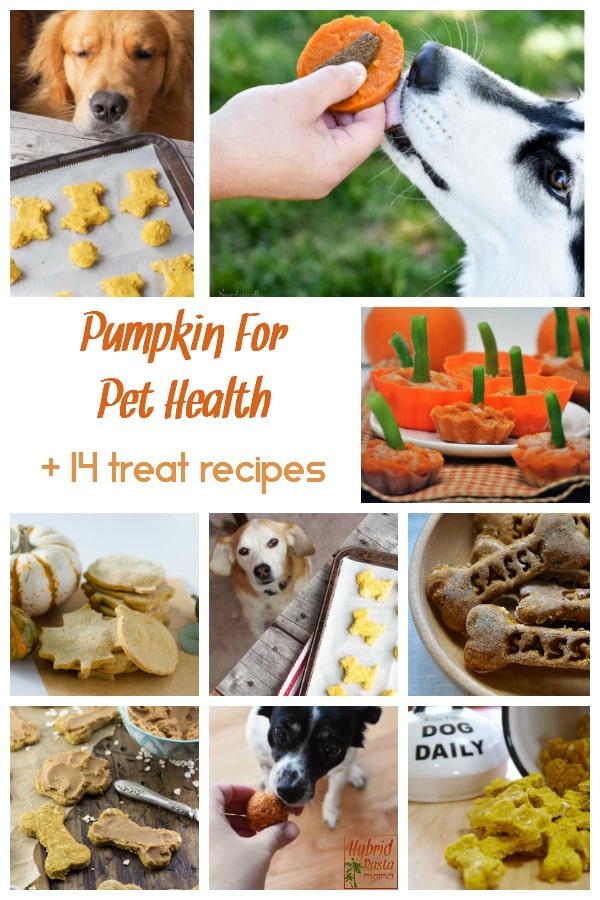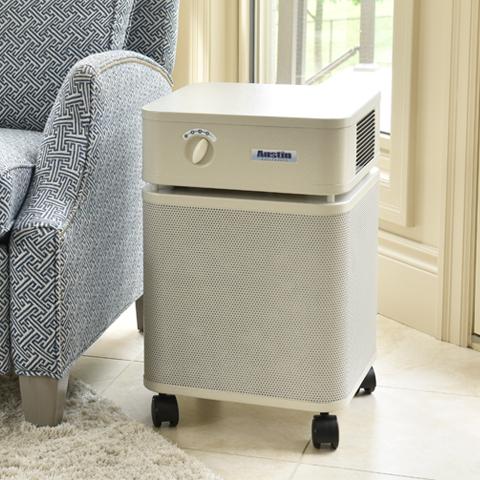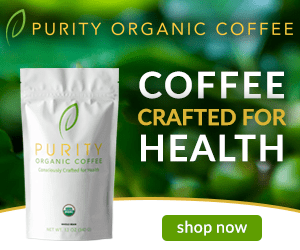I seek out sources of nutrition that can prevent and remedy common pet issues and support holistic pet care, preferring the natural route whenever possible. Fall is here, so what better time to break out the pumpkin for pets? Organic canned unsweetened pumpkin, pumpkin seeds, and cooked fresh pumpkin offer several awesome benefits to pets, specifically dogs and cats.
What are the benefits of pumpkin for dogs and cats?
• Supports digestive health. Pumpkin is a great source of fiber for dogs and cats and can help with both constipation and diarrhea. You can add a tablespoon or two to their food each day to keep them regular.
• Anal gland support. Some dogs and cats are more susceptible than others to anal gland issues. Adding pumpkin to your pet’s diet can help the anal glands naturally express. Years ago, I had a dog who had to have his anal glands surgically expressed because they had become so impacted. After the fact, I learned about how pumpkin could help. I began adding it to his dinner, and he never had anal gland issues again.
• Weight loss. Helping your pet maintain a healthy weight is essential to his health. If your pet is overweight, you may consider replacing some of his kibble with pumpkin. Pumpkin is low in calories and full of nutrition. Your pet will feel full and satisfied even though his calories have been reduced.
• Helps maintain urinary health. Pumpkin seeds and pumpkin flesh are high in essential fatty acids and antioxidants that are believed to support urinary health. You may consider adding pumpkin to your pet’s diet if he has urinary issues such as incontinence or urinary tract infections.
• Skin and fur maintenance. The essential fatty acids and antioxidants found naturally in pumpkin helps your pet maintain a healthy coat and skin.
• Cancer prevention. Pumpkin is a great source of Vitamin A, beta-carotene, iron, and potassium, all of which are thought to reduce the likelihood that your pet will develop cancer.
How Much Pumpkin Should I Give My Dog or Cat?
The benefits of pumpkin for dogs and cats can be achieved with just a small amount of pumpkin. Be careful not to feed your pet too much, as excess amounts of Vitamin A can be toxic.
Be sure that the pumpkin you feed your pet is free of sugar and spices (you don’t want to feed your pet canned pumpkin pie filling, for example). As with most things, moderation is key. Most dogs love the taste of pumpkin and consider it a treat. Cats can be more finicky about it (shocking, right?), but it’s certainly worth a try. Some felines think it’s divine!
You can add pumpkin directly to your pet’s food, or you can include it in homemade treats. It is recommended that you consult your pet’s veterinarian before changing your pet’s diet.
Speaking of purrfect pumpkin pet treats… how about some awesome pumpkin dog treat recipes?

Pumpkin + Peanut Butter Treats
- Pumpkin + Peanut Butter (Dog) Treats From Stress Baking
- Peanut Butter Pumpkin Homemade Dog Biscuits from Aimee Geroux
- Make Your Own Pumpkin Peanut Butter Dog Treats from Amber Oliver
- Grain Free Dog Treat Recipes With Flax Seed and Pumpkin from Everything Pretty
- No Bake Pumpkin Dog Treats from Sizzling Eats
- Grain-free Dog Treat Recipe for Dogs with Allergies from Home and Plate
- Homemade Dog Cookies from Sugar Spun Run
- Healthy Peanut Butter Pumpkin Doggie Biscuits from Delicious Table
- Pumpkin and Peanut Butter Dog Treats from Paleo Scaleo
Non-Peanut Butter Dog Treats
- Pumpkin Apple Dog Treats from Three Little Ferns
- Vegan Pumpkin Cranberry Dog Cookies from Healthy Slow Cooking
- Homemade Pumpkin Dog Treats from Retro Housewife Goes Green
Frozen Pumpkin Dog Treats
- Frosty Pumpkin Dog Treats from My Brown Newfies
- Frozen Pumpkin Pupsicles from Simplistically Living
Do you include pumpkin in your pet’s diet? What’s the verdict?









Kerri says
I was wondering how much pumpkin you gave your dog for the anal gland issue and how long/often? Thank you!
Jennifer says
I just put a big scoop (so probably 1/4 cup) in with each meal. If you have a small dog then a tablespoon would be fine with each meal. Keep giving it until you see a positive change and if nothing it happening after a week increase the amount of pumpkin a bit.